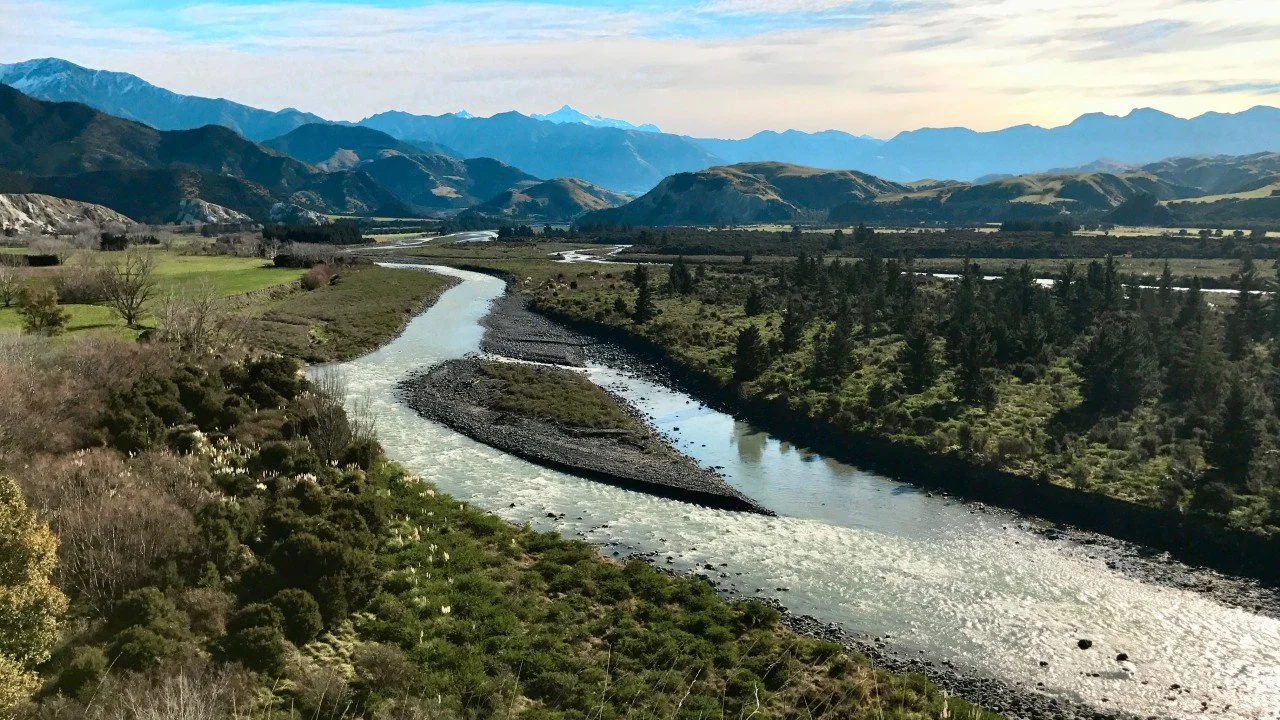Intersectionality: Why It Matters, and How We Can Talk About It So Everyone Understands
Waiau Toa | Clarance River near Kaikōura, North Canterbury, Aotearoa | New Zealand
From a Conversation to a Challenge
This article was sparked by a comment from former Local Government Councillor and CEO, Sue Wells. She told me that the word intersectionality might not be widely understood or accessible.
It made me pause
I use the word a lot, so much so that in some circles, I’m known as “the intersectional guy.” I wear that with pride. Being intersectional isn’t just part of my leadership style; it’s who I am. My whakapapa, my lived experience, and my professional journey are all about rebalancing power and privilege so that those at the margins are not just heard but leading.
But Sue’s point stuck with me: if intersectionality is central to my work, then I have a responsibility to ensure everyone understands what it means, why it matters, and how it manifests in everyday life.
The Cost of Ignoring Intersectionality
Intersectionality, a term coined by Kimberle Crenshaw in the late 1980s, describes how different aspects of identity, such as race, gender, disability, sexuality, and class, overlap and compound disadvantage.
For me, intersectionality is deeply personal. I am Māori (Kāi Tahu, Kāti Māmoe, Waitaha, Ngāti Maniapoto), disabled, and takatāpui. I carry rural roots, urban experiences, and the perspective of being both a parent and an advocate. Each of these identities shapes how I experience the world, not in separate compartments, but in layers that interact, amplify, and sometimes collide.
“I don’t live one identity at a time, and neither do the people our systems are meant to serve.”
When I walk into a meeting about disability, I bring my Māoritanga. When I’m speaking on Māori health, I carry the reality of disability. When I’m in a governance space, I have the perspective of a queer parent navigating systems that often overlook families like mine.
Ignoring intersectionality leads to:
Policy blind spots: solutions that fit one part of my reality but clash with another.
Service gaps: no one programme or department takes responsibility for the whole of my experience.
Token representation: being invited to represent “one box” while the rest of my reality is left at the door.
For those at the intersections, this isn’t just frustrating; it’s a structural barrier that locks people out of decision-making and services designed for a single-issue world.
Leadership from the Margins
When leadership includes people who live at the intersections, systems shift. These leaders:
Bring multi-lens problem-solving from navigating complex barriers in their own lives.
See patterns of inequity that single-issue approaches overlook.
Create solutions that work for more people, because they design with diversity within diversity in mind.
“Intersectionality isn’t theory, it’s lived reality. Systems must recognise and respond to it if they’re to serve everyone.”
Karaitiana Wilson shared the following beautiful kupu | words with me, which I will adopt and carry into this work: ngā matatini, the many faces, the nuances, and the many energies people bring into spaces. For me, this is intersectionality in te reo Māori. It’s a way of describing the richness and complexity of people’s identities and experiences, without needing to split them into separate boxes.
In my work, from embedding the Disability Capability Framework in hospital systems to designing perinatal bereavement pathways that reflect the realities of Māori, Pacific, disabled, and Rainbow whānau, intersectional leadership has delivered better, fairer outcomes.
Making Intersectionality Accessible
Sue’s comment reminded me that for intersectionality to have power, it has to be understood. Here are some ways I explain it in plain language:
“Layers of identity”: We’re made of many interconnected parts.
“Where our identities meet” Humanises the overlap.
“Multiple realities” Reflects that people live more than one experience at a time.
“Intersectional lived experience” Keeps the term but adds practical grounding.
“Equity begins when the most impacted hold the power to decide.”
My approach and vision:
Name the intersections in data, policy, and funding — not hide them under umbrella categories.
Resource intersectional leadership so those most impacted are at the decision-making table.
Shift language and practice together so “intersectionality” moves from theory to daily practice.
Because intersectionality isn’t just an academic idea — it’s my reality, and the reality for so many others. Until our systems recognise and respond to that reality, they will continue to fail the people who most need them.
🔗 Follow me for more reflections on systems change, equity leadership, and human rights diplomacy.
🖤 Ko te pae tawhiti whāia kia tata. Ko te pae tata whakamaua kia tīna. | Seek out the distant horizons so they may become close. Hold fast to the close horizons so they may be secured.


